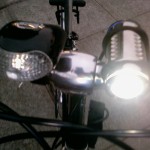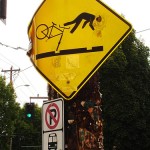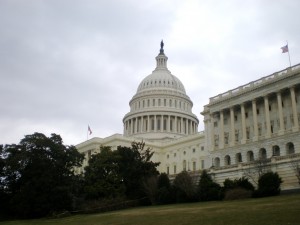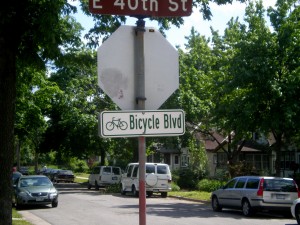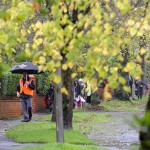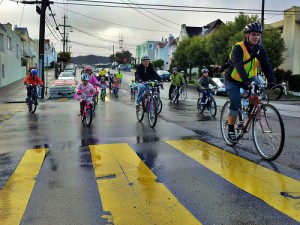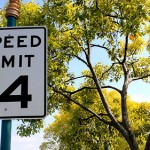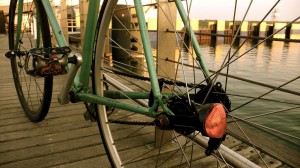 Last Friday, a young cyclist named Elyse Stern was killed in a collision at Lake and Cedar Avenues in Minneapolis. The time was 2:15 a.m.
Last Friday, a young cyclist named Elyse Stern was killed in a collision at Lake and Cedar Avenues in Minneapolis. The time was 2:15 a.m.
There has been a lot of hubbub, and in certain cases outrage, that the Minneapolis police specifically called out that the cyclist was not wearing either a helmet, or using lights on her bicycle as required under Minnesota Statute 169.222.
Here’s the thing. There is a reason they say these things. And it’s not necessarily that a helmet would have saved the cyclist, or that lights provide protection in hit-and-run accidents with drivers suspected of driving while intoxicated. It’s because they hate cleaning up these accidents. And it is even worse knowing that because of issues like the lack of lights (and there were no lights on the bike or within the accident scene), the charges against the motorist are likely to be reduced significantly over what they’d like to see applied. And so, there they are, making a statement, trying to find something to say. So they choose to try to pass a message of safety to others who are still standing, and still have a chance of being in an accident where these things can help them survive. They don’t think the helmet would have saved this rider. They think a helmet might save someone else, and make it easier to prosecute another accident of this nature.
The Minneapolis police, and police almost everywhere, hate drunk drivers. They hate seeing drunk drivers kill people. And they hate seeing the charges against these drivers get reduced. Prosecutors hate having to explain to the families of the injured and the deceased why the charges don’t seem to fit the severity of the results. And when there are factors that can be used to mitigate responsibility — like a lack of legal bike lights — it angers and saddens them.
As a result of factors of the accident, including the lack of lights, the driver in this collision is not being charged with criminal vehicular homicide, which is the most serious charge possible. Instead, the charges have been downgraded to felony hit-and-run, and DWI. City Pages points out that on paper, the accident merits the more serious charges. However, the legal system also has an element where prosecutors have to use state resources wisely, including ensuring that the charges they apply will “stick.” The prosecutors may not be so much concluding that the cyclist was “as responsible” for the accident as the driver so much as they are concluding that the risk of trying to prosecute with that involved in the case becomes a risk factor. Given a choice of some consequences, or a risk of nearly no consequences, they have to take the pragmatic path.
And that is why the police will always call out the helmet and the lights, even if the helmet didn’t have a chance in hell against what came at it.
Let’s be careful out there, okay?

